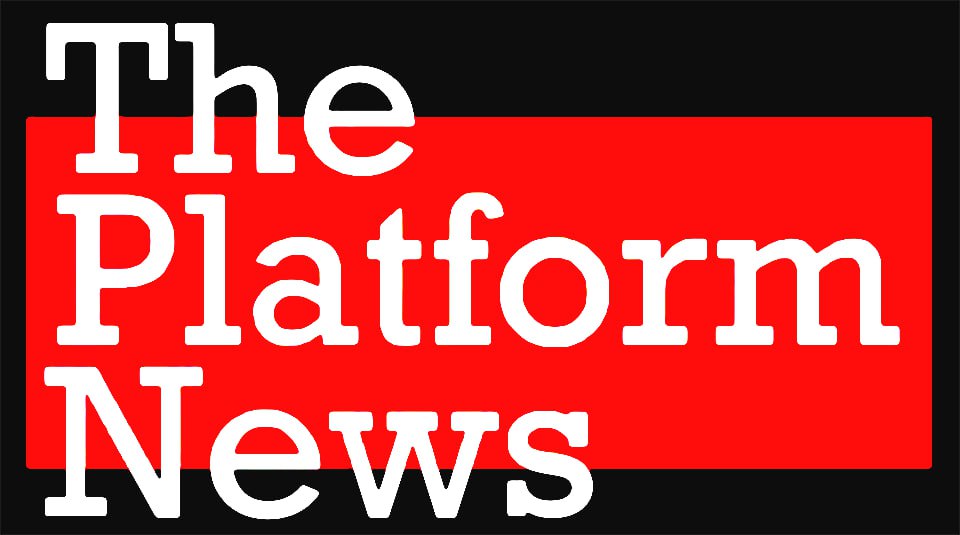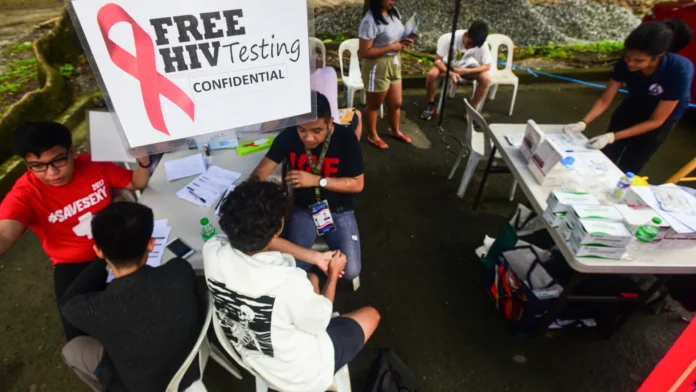The Philippines continues to experience one of the fastest-growing HIV epidemics globally, with the Department of Health (DOH) projecting that the number of People Living with HIV (PLHIV) could have reached 215,400 by the end of 2024.
Despite ongoing efforts, significant barriers hinder an effective response to the epidemic.
One of the primary challenges is social stigma and discrimination. Many Filipinos fear judgment or ostracism, preventing them from seeking HIV testing and treatment. This stigma not only fuels misinformation but also isolates those already living with HIV.
According to the East Asia Forum, addressing stigma is critical to increasing the uptake of testing and ensuring treatment adherence.
Access to HIV testing and treatment also remains limited. While Antiretroviral Therapy (ART) is available, it is not universally accessible, particularly for those in rural or economically disadvantaged areas. Rappler highlights that improving access to these services is essential to slowing the epidemic’s growth.
While Social Hygiene Clinics are available in major population centers and cities, rural clinics still lack better coverage. Additionally, supply chain issues affect the availability of testing kits, medication, and other necessary medical supplies.
Another issue is the country’s underfunded public health infrastructure. Prevention and awareness campaigns, though essential, are often not scaled adequately to reach at-risk populations. Insufficient epidemiological data further hampers targeted interventions, as noted in a PLOS ONE study on policy gaps in the Philippines’ HIV response.
While there are foreign aid programs such as the Global Fund Grants, USAID initiatives, and the EPIC Project funded by PEPFAR (the U.S. President’s Emergency Plan for AIDS Relief), this still leaves infrastructure and funding gaps present in the country.
Despite these barriers, the government and non-governmental organizations (NGOs) are working to address the crisis. The DOH launched the “Undetectable = Untransmittable” campaign in late 2024 to reduce stigma and encourage testing.
NGOs like Save the Children meanwhile are empowering youth advocates to raise awareness about HIV prevention and treatment in their communities.
To effectively combat the epidemic, the Philippines must address these barriers by investing in comprehensive public health policies, expanding education campaigns, and improving access to HIV services for all.



